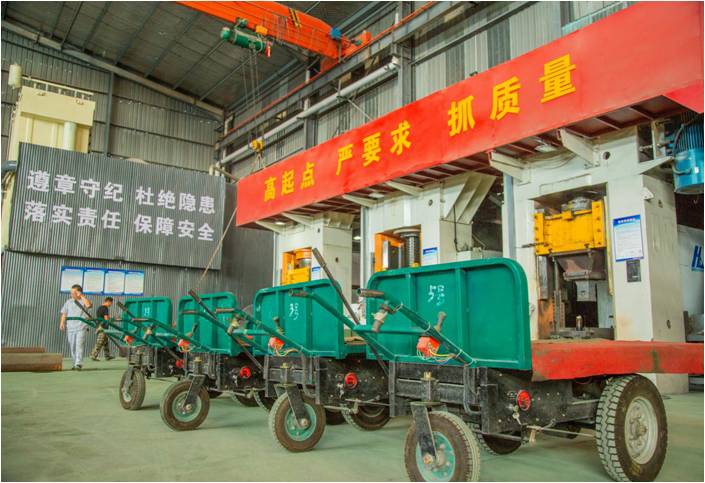


release time:2020-05-23 10:06:03source:Views:0

Characteristics of refractories:
1. Mechanical properties
The elastic modulus of special refractory materials is large. Most have higher mechanical strength, but compared to metal materials, due to brittleness, impact resistance is very low. Most special refractory materials have high hardness, so they are wear-resistant and resistant to air flow or dust erosion. The high-temperature creep of most special refractory materials is relatively small, and the largest is molybdenum disilicide. The size of the creep value is related to the crystal size, grain boundary material, porosity, etc.
2. Thermal properties (1) Thermal expansion: Thermal expansion refers to the performance of the reversible increase and decrease of the linearity and volume temperature of the material. It is often expressed in terms of linear expansion number or volume expansion coefficient. The linear expansion coefficients of most special refractory materials are relatively large. Only fused silica, boron oxide, and silicon oxide have relatively low linear expansion coefficients.
3. Nature of use
(1) Fire resistance: The melting points of special refractory materials are almost above 2000 ℃, and the highest hafnium carbide (HfC) and tantalum carbide (TaC) are 3887 ℃ and 3877 ℃. The refractoriness is also very high, in an oxidizing atmosphere, the operating temperature of the oxide is even close to the melting point. Nitrides and carbides have a higher use temperature than oxides in a neutral or reducing atmosphere. For example, TaC can be used up to 3000 ° C in N2 atmosphere, and BN can be used up to 2800 ° C in Ar atmosphere. The high temperature resistance performance is as follows: carbide> boride> nitride> oxide. And their high temperature oxidation resistance is: oxide> boride> nitride> carbide.
(2) Thermal shock resistance: In special refractory materials, due to the low thermal conductivity of beryllium oxide, the thermal conductivity of most borides is not high, and the linear expansion coefficient of fused silica is particularly small, so the thermal shock resistance is very it is good. Certain fiber products and fiber-reinforced composite products have higher porosity and tensile strength, and these materials have better thermal shock resistance. Silicon carbide, silicon nitride, boron nitride, molybdenum disilicide, etc. also have good thermal shock resistance.
4. Electrical properties
Most refractory oxides are insulators. Among them, thorium oxide (ThO2) and stabilized zirconia (ZrO2) are conductive at high temperatures, see Table 3; the resistance of carbides and borides is very small; some nitrides are electrically Good conductor, while some are typical insulators. For example, TiN has the electrical conductivity of metal (ρ is 30 × 10-6Ω · ㎝), and BN is an insulator (ρ is 1018Ω · ㎝). All silicides are good conductors of electricity.
Previous :Application of metal in refractories
Page Copyright ?Zhengzhou Venus Refractory Technology Co., Ltd. 豫ICP備20015017號(hào) Website Construction: Henan Junhao Network Background Management